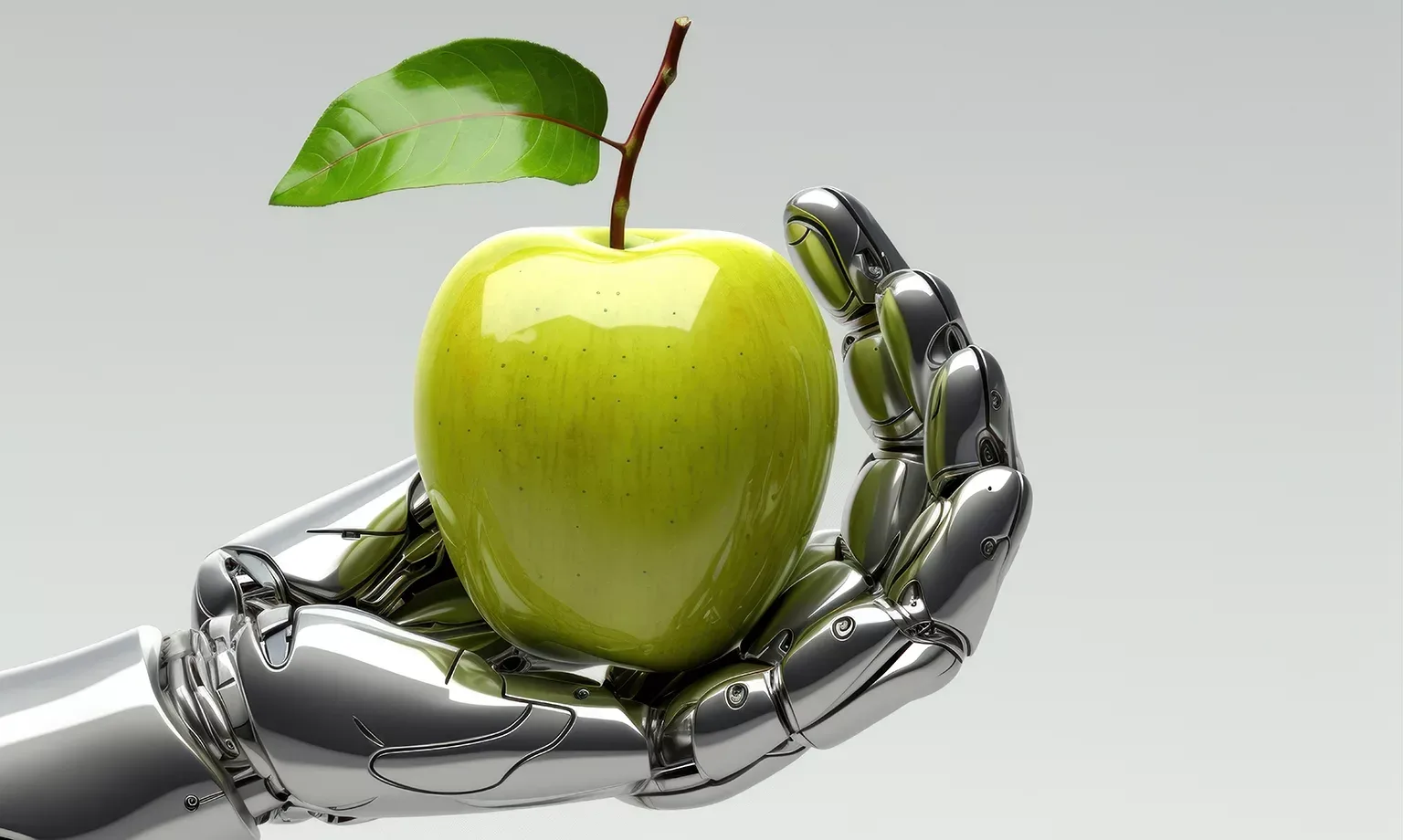We examine how artificial intelligence has revolutionised food manufacturing for the better, with enhanced efficiency, earnings, and expansion leading to successful supply chains and accurate product distribution.
THE INTELLIGENT FUTURE OF FOOD
In the modern world, the phrase ‘less is more’ no longer applies – food manufacturing only wants more.
Artificial intelligence (AI) aids in this process by ensuring efficiency and safety so products fulfil regulatory requirements and make for happy customers.
Today’s extensive food manufacturing supply chain has been streamlined and accelerated as a result, with AI and other technologies helping at every stage.
Food is a necessity for all and, no matter what, shelves must be filled. In terms of aiding production, AI can forecast crop yields and upcoming weather, meaning any eventuality can be prepared for in advance to avoid wasting all-important harvests.
Technology is also capable of tracking distribution and inventories, a laborious job that no longer needs to be carried out by employees thanks to the introduction of viable, smart alternatives.
As of 2024, the global food industry is valued at USD$9.8 billion and is expected to grow to almost USD$50 billion within the next five years.
To bolster this statistic, it is anticipated that AI will be able to reduce costs in the agriculture industry by 20 percent. With growing revenue in the sector and overhead expenditures dropping, profits are therefore expected to increase.
Subsequently, AI understands variables and can therefore anticipate future scenarios to ensure revenue growth is steady across the supply chain.
DATA DETAILS
Data and the manufacturing industry are intrinsically linked; where technology was once prevalent, drones, sensors, and satellites have since become the modern data collection system.
Optimising crop yields relies on detecting pests and diseases. In this way, AI is able to log environmental conditions such as temperature, humidity, soil fertility, and nutritional properties in a process known as smart farming, an automated affair which reduces labour costs and speeds up the collection process.
Globally, one in nine people are thought to be undernourished, whilst one third of food is wasted yearly. Due to analytics previously misinterpreting these statistics, it is hoped that new technologies, including AI, will gather more precise results for crop yields, thereby reducing waste across the globe and allowing food to be more fairly distributed to those who need it most.
New technologies can additionally determine forecasting to improve storage practices for perishable goods and monitor temperatures to enhance product freshness.

SIGNIFICANCE OF SAFETY
Food safety is an integral part of the manufacturing process that has been improved by the introduction of advanced technologies and AI.
Monitoring and traceability enhance procedures as problems can be prevented as soon as they are flagged. Therefore, issues which were previously complex and time consuming for employees have been simplified by technologies, such as those used to detect and prevent contamination and bacteria.
Critical elements of food production such as sanitation, humidity, and temperature are under constant surveillance to provide real-time data, alerting of bacteria and any other potentially harmful incidents before they occur.
There is potential to grow the power of AI in the future by improving quality, monitoring, tracing, nutrition, and risk assessments which, in turn, will ensure food safety.
Another element of protection is detecting safety issues amongst staff. For example, not wearing gloves is a problem on the shop floor, which can be detected through cameras to alert supervisors of any health and safety issues.
Furthermore, thermal imaging cameras monitor equipment and its cleanliness, inspect packaging, automate scales to ensure uniform products, and uphold high-quality process controls.
TECHNOLOGY TAKES OVER
Developments in technology will drastically change the food manufacturing industry, but at what cost?
The first use of automation focused on repetitive tasks so they no longer needed to be completed by humans, which resulted in job losses. Since then, AI has enhanced food manufacturing processes such as packaging and assembly even further, enabling more efficiency but at the expense of workers.
The introduction of AI also presents a financial barrier to the industry. Whilst smaller companies lack the level of data which makes it worthwhile, large businesses with greater quantities of data can incur high costs when implementing AI technologies and systems across the board.
Even then, the cybersecurity of these systems is not always fully secure as they can suffer from data breaches and unauthorised access, meaning their safety is never completely assured.
Finally, due to the complexity of new technologies, professionals in the industry are often required to undertake intensive training to upskill themselves.
Despite these issues, AI has evidently revolutionised the industry and will continue to have a significant impact on food manufacturing.

































